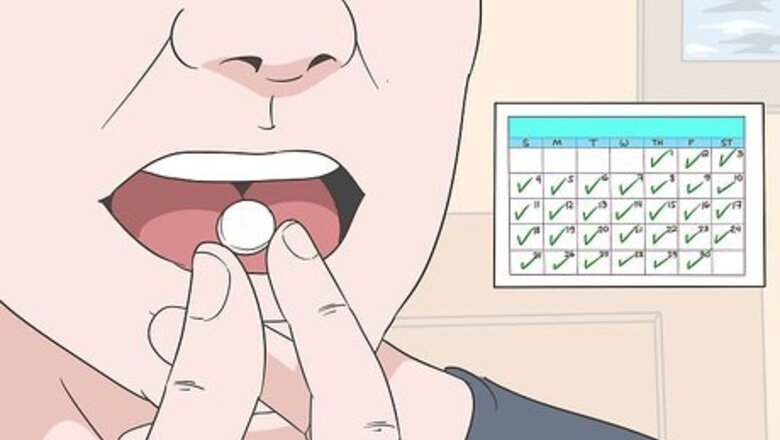
views
X
Trustworthy Source
Mayo Clinic
Educational website from one of the world's leading hospitals
Go to source
Flush can occur the first few times you take the medication and causes skin redness with a burning, prickly sensation. This is harmless, but can be very uncomfortable.[2]
X
Research source
Fortunately, you can reduce the effects of flush by taking the medication in small doses initially and eating food beforehand. Over time, your body will build a resistance to niacin, so you can take the medication without worrying about flush.
Responding to a Flush Outbreak
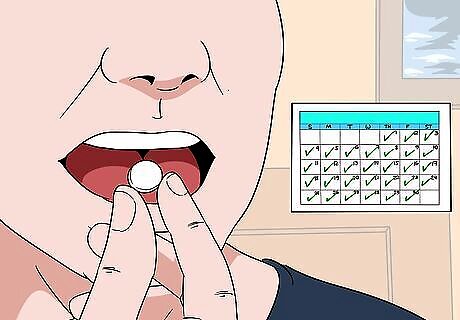
Avoid skipping your next niacin dose if you experience flushing. You might be surprised and uncomfortable when you first experience flush, and naturally might want to skip your next dosage to avoid it. Don’t give in to this urge. The main way to avoid flushing is by building your body’s tolerance to the drug, so continue on the dosing schedule that your doctor prescribed. If you miss any doses, you’ll have to start over with building your tolerance. Doctors recommend reminding yourself that the niacin is treating a serious condition and improving your health. Although the flushing is unpleasant at this time, it will subside and the health benefits will last forever.

Wait 1-3 hours for the flush to clear up. Flush is temporary and usually clears up on its own within a few hours. It’s also harmless, despite being uncomfortable. If you can manage the discomfort, then just wait for the condition to improve. If the flush lasts more than 3 hours, contact your doctor for further instructions.
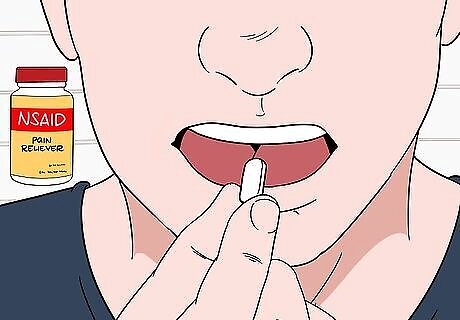
Take NSAID pain relievers to deal with the burning sensation. If you’re uncomfortable due to the prickling and burning sensation from the flush, taking an NSAID pain reliever can relieve the discomfort. Take the lowest recommended dosage to avoid potential side effects. Common NSAIDs are ibuprofen, naproxen, and aspirin. There are also prescription types, but you won't need them for flush. Check with your doctor before taking any additional medication after niacin. There may be interactions that you don’t know about. Only take NSAIDs to alleviate flush. Other pain relievers, like acetaminophen, could interact with niacin.

Avoid taking a hot shower after taking niacin. Some people think a shower will alleviate the flushing, but this actually makes it worse. The heat will draw more blood to your skin and increase the redness and itching. Don’t shower until the flushing passes to avoid making it worse. Also avoid showering for about 30 minutes before taking your niacin. This ensures that your skin is cool and won’t flush as much.
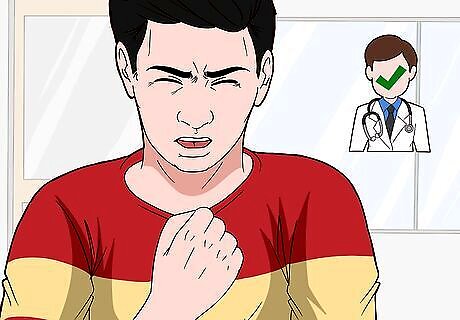
Call your doctor if you experience dizziness, trouble breathing, or low blood pressure. While niacin flush is harmless, it’s also possible to have an allergic reaction to the drug. If you experience dizziness or confusion, shortness of breath, or low blood pressure, call your doctor right away. They may instruct you to take another drug or go to the hospital for treatment. Follow whatever procedures your doctor tells you to. If you have trouble breathing, call emergency services right away. You may be having an anaphylactic reaction.
Preventing Further Flushing
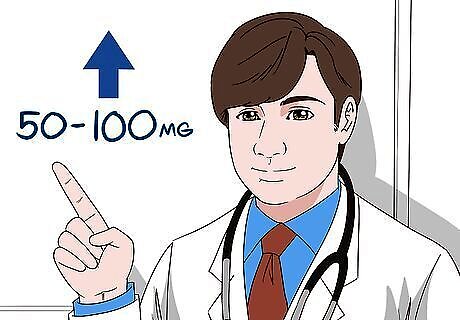
Scale up your dosage slowly to build your tolerance. The best way to avoid continued flushing is by starting with a small dose and working your way up. Your doctor will probably start you off with 50-100 mg per day and instruct you to take more each day over a few weeks. Follow this schedule and don’t scale up too quickly to avoid a bad flush outbreak. If your doctor didn’t tell you to start with a lower dosage, call them and ask if you can start with a smaller dose to avoid flushing.

Take a low-dose aspirin 30 minutes before your niacin dose. Aspirin can draw blood away from your skin and reduce the effects of flush. Try taking a single, low-dose aspirin 30 minutes before your niacin to give it time to work. Then take your niacin as prescribed. Remember to ask your doctor before taking any medication along with niacin. Although taking aspirin at the same time is common, confirm with your doctor that this is safe. Be cautious taking aspirin along with NSAIDs and other blood thinners since it could increase your risk of bleeding.
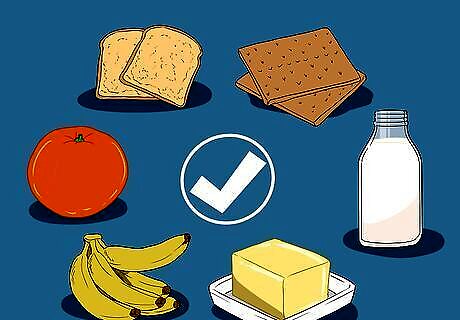
Eat before taking your dose of niacin. Taking niacin with food is proven to reduce flushing and could prevent it altogether. Time your meals to coincide with your niacin doses, and take the pill following the meal. If you aren’t eating a full meal, try having a low-fat snack with your niacin so your stomach isn't empty. Fruit, crackers, or low-fat yogurt are all good choices. Don’t eat anything spicy with the niacin. The increased heat can make flushing worse.

Avoid drinking alcohol or hot beverages after taking niacin. Hot beverages raise your body temperature and can make flushing more uncomfortable. Alcohol pulls blood to your skin, which can aggravate flush. Avoid both for 30-60 minutes before taking niacin to reduce or prevent flush. Wait until the flush passes before having hot beverages or alcohol. In general, you shouldn’t drink alcohol with any medications. If you have that habit, break it right away to avoid negative health effects.
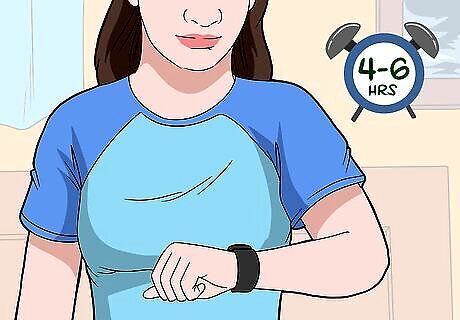
Wait 4-6 hours after taking niacin to take any other medications. Niacin can interact with other medications, which can aggravate flush. Space out your medications so you don’t take them sooner than a few hours after taking niacin. Major drug interactions with niacin are other cholesterol-lowering drugs like statins and mipomersen. Diabetes medication like canagliflozin and some health supplements like fish oil can also interact with it. Aspirin and NSAIDs can relieve flush but check with your doctor before taking either. If you regularly take prescription medications, time your niacin doses around these.

















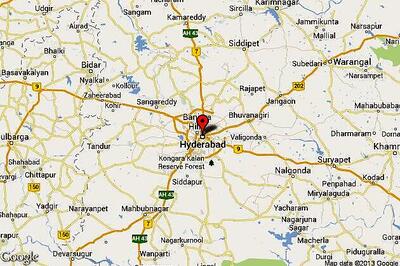
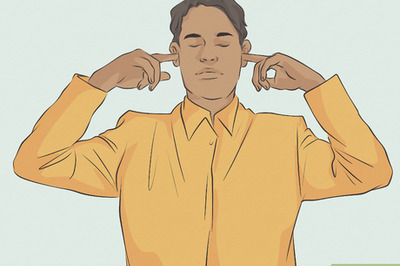
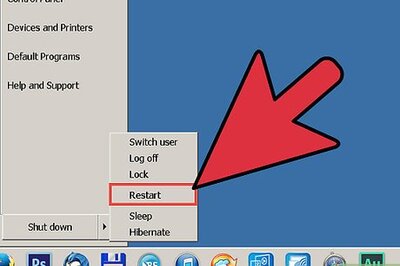
Comments
0 comment